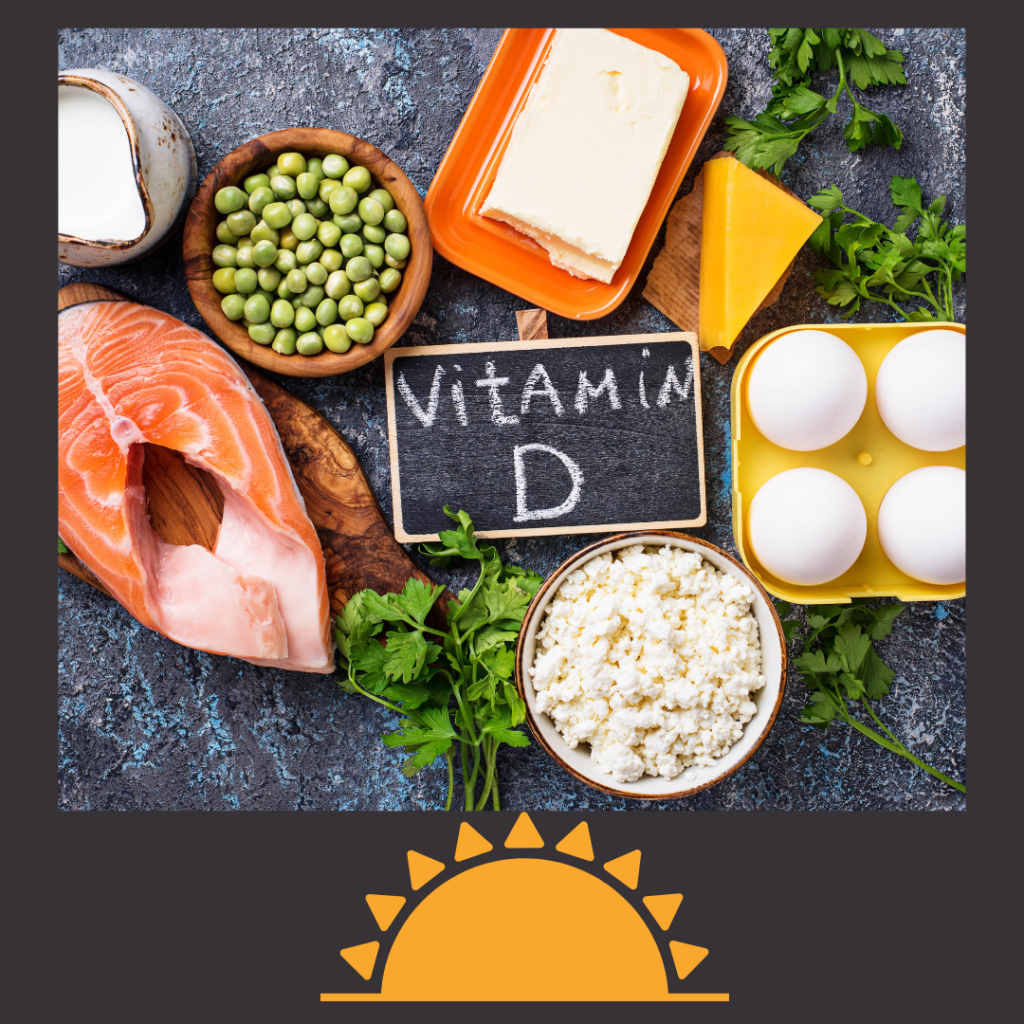
Cholesterol.
October is National Cholesterol Month
Although it receives bad press, Cholesterol plays an essential role in how every cell in the body works BUT it can increase your risk of heart problems if not controlled.
Cholesterol is a waxy substance that is produced mostly in the liver and is essential for the structure of cell membranes and in the manufacture of vitamin D and certain hormones.
Cholesterol is used in the production of bile acids that are needed for digestion of fat in the gut.
There is ‘good’ Cholesterol (HDL – High Density Lipoprotein) and ‘bad’ Cholesterol (LDL – Low Density Lipoprotein). LDL is high in Cholesterol and transports this from the liver to tissues where it is used. HDL is lower in Cholesterol but travels around the body collecting spare Cholesterol (including artery walls) and returns it to the liver for excretion or re-utilisation.
High levels of LDL and low levels of HDL can contribute to the hardening of arteries as the Cholesterol accumulates on the walls of the artery limiting the flow of blood to the heart and can lead to coronary heart disease.
How can we reduce the ‘bad’ Cholesterol?
There is mixed evidence from different studies. Saturated fat has long been blamed for raised Cholesterol levels but it is impossible to say 100% as this is only one element of our diet and lifestyle.
People cutting saturated fat from their diet can in turn increase their carbohydrate intake which can lead to a diet higher in sugar and refined carbohydrates.
So, how can we reduce our LDL levels naturally?
- Eat more healthily
- increase exercise and activity levels
- Quit smoking!
- Cut down on alcohol
Eat more healthily
This just takes a little more thinking about. I am a fan of ‘crowding out’ unhealthy choices of high fat and low nutrient. You could do this by adding the following to your diet:
- Nuts – 30-35g (a handful) per day. They are rich in protein, vitamin E, magnesium, potassium and contain natural plant sterols to keep the body healthy. They are also high in fibre and filling!
- Oats and Barley – 2-4 portions per day. These contain a type of fibre called Beta Glucan (found in the out layer of grain) which can help lower Cholesterol as it forms a gel which binds to the Cholesterol and bile in the intestines. This helps limit the amount of Cholesterol absorbed from the gut into the blood. Try oatcakes, adding pearl barley to soups and stews, porridge (overnight oats) or oat based breakfast cereals
- Oily Fish
- Avocado
- Seeds
- Whole Fruit and Vegetables
- Soya – approx 2 servings, try milk, yoghurt, desserts and custard, meat alternatives, edamame beans and tofu
Fibre
Foods high in fibre, especially soluble fibre help to lower total and LDL Cholesterol that is absorbed into the blood stream from your intestine. Fruit and Vegetables are high in fibre along with wholemeal breads and cereals, beans and lentils.
Increase exercise and activity levels
Current government guidelines state adults aged 19-64 should try to be active daily and should do at least 150 minutes of moderate aerobic activity such as cycling or brisk walking every week and strength exercises on 2 or more days a week that work all the major muscles (legs, hips, back, abdomen, chest, shoulders and arms).
Quit Smoking
The chemicals ingested while smoking make LDL cholesterol stick to artery walls and lower HDL cholesterol.
Cut down on alcohol
Alcohol turns into triglycerides and cholesterol in the liver which obviously raises these levels and can cause liver function to decrease, this can then result in the liver being unable to remove cholesterol.
What should you do next?
If you haven’t had a test recently, book a test, especially if you are over 40.
A reading above 6, if you are an average adult (i.e. no medical conditions) is considered high and needs to be dealt with.
You can find more helpful information at Heart UK.
It is never too late to start making healthy changes and forming habits to create a balanced healthy lifestyle.
If you would like to chat with me about your unique menopause transition, book a Wild Well-Being call and come away inspired and motivated to begin your journey to optimal health.
